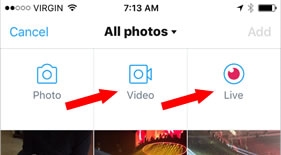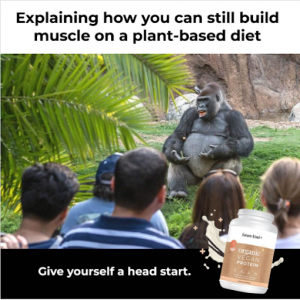— March 12, 2019
Building a successful online business is about more than just finding a trending product. It’s about finding the perfect eCommerce product. Products that target the right audience, and are in line with your branding and your potential shoppers. One of the best ways to ensure this is through reverse engineering.
Reverse engineering allows you to create a product profile, if you will. A profile that you can then compare against popular products that are selling like hotcakes and products you may be seriously considering, to ensure every product you add to your store is a perfect fit for your brand, customer and niche.
Think of reverse engineering as the benchmark against which you can measure all possible products you are considering. Why is this so beneficial? Because it will help you choose products that have the following characteristics:
- Fit seamlessly into your established fulfillment practices
- Have high-margin or high-volume capabilities to drive sales
- Can be positioned in a growing market with less competition
- Appeal to your target audience and address real pain points
- In high demand
In other words, the holy grail of products. Today we will outline how established eCommerce entrepreneurs can reverse engineer the perfect products to help grow their business.
1. Is it a Growing Marketing or a Fleeting Trend?
When finding your perfect eCommerce product, getting side-tracked by fleeting trends can do more harm than good. The idea is to measure a product’s growth to ensure it has long-term sustainability. The easiest way to gauge whether a popular product is a growing market or just a passing trend is by using Google Trends.
Let’s take 2019 apparel trending product athleisure wear. If you look at the trend graph, you can see that atleisure first started climbing in 2016. It continued to grow over the next couple of years.
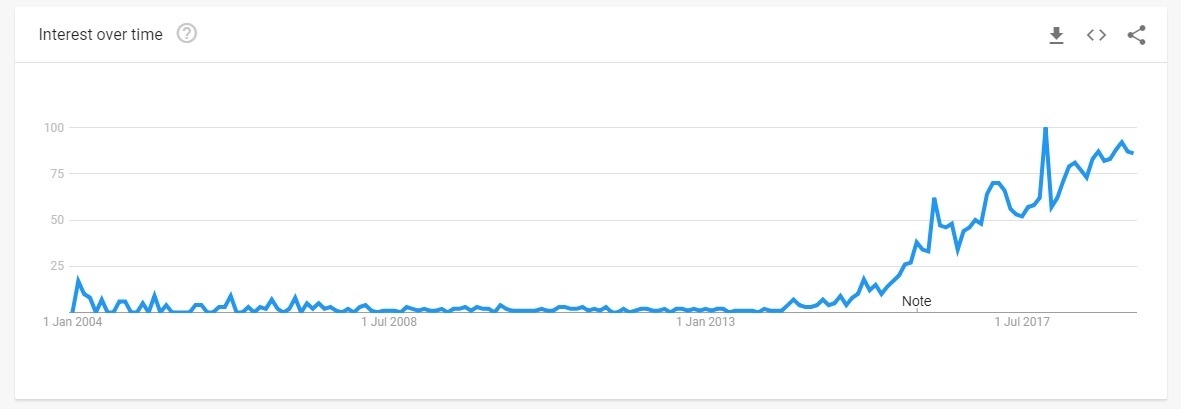
Over the past year, it has held steady, showing this niche has long-term sustainability.
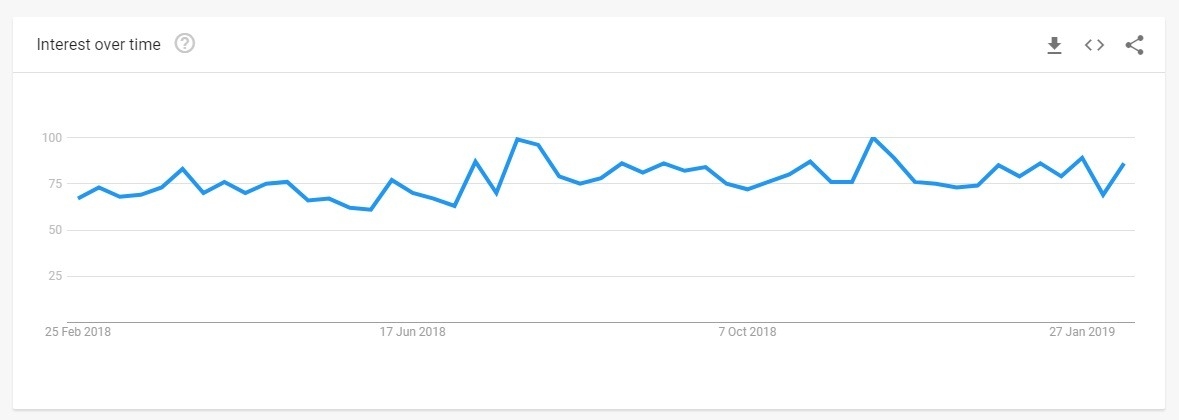
Now, remember those fidget spinners? Hugely popular in 2017 – and then what happened?
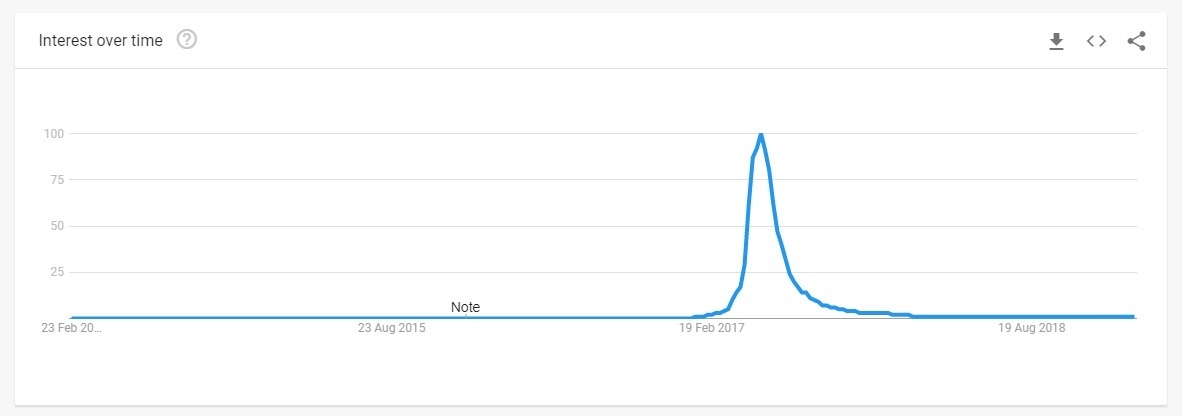
With its growing popularity, the market became saturated with fidget toys. If you are selling in the trending toys/accessories niche, jumping onto the bandwagon while it’s hot would be appropriate. Especially if it’s something your specific target shopper would be interested in. If not, you’ll have a very short-lived product that is not only unsustainable but won’t attract – and keep – your ideal shopper.
Main Takeaway: You want to ensure any product you add has the potential for long-term sustainability and fits your niche and target shopper. You are looking for growth potential, not a fleeting fad that will do more damage to your brand than good.
2. Does it Fit Your Target Shopper?
Unless your aim is to expand your target shopper list to attract some new demographics, every product you choose should suit your current customers. If a potential product appeals to seniors but your store targets young men age 18-24, it’s not just the apparent discrepancies in target audiences you need to consider. Different target audiences might require using different tones in your product descriptions, checkout and other UX tweaks or marketing strategies. For instance, one group may be more likely to click a mobile ad while the other may not be comfortable paying by credit card.
Main Takeaway: You need to consider all the implications of adding a product outside your target shopper. This includes marketing, language, brand, ad placements, etc.
3. Is it Problem-Solving or Passion-Appeasing?
Every product you add needs to solve a problem, appeal to a passion or alleviate some pain point your potential customer has. An excellent example of this is Impact Mouthguards. They found a gap in the sports guard market, where store-bought guards didn’t fit right and custom-made guards were ridiculously expensive. They were able to problem-solve for active hobbyists, amateur sports teams and professional athletes, with their product.
Then, when it came to expanding their market, they found new markets where customers had similar pain points: people who needed mouth guards and retainers for grinding teeth but couldn’t afford custom-made and couldn’t find the right fit in stores.
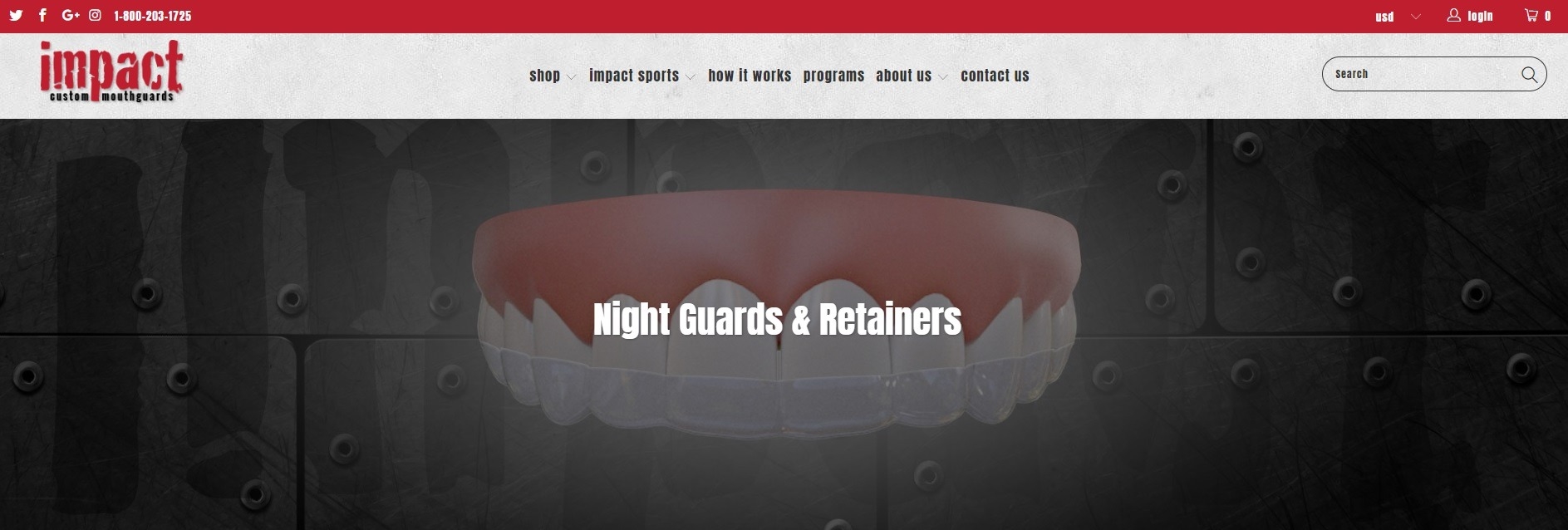
Main Takeaway: The perfect product should appeal to a target shopper’s passions, solve a problem they are having, or be the answer to a pain or frustration.
4. Can You Start with Limited SKUs?
Another way of ensuring the product you are choosing will be ideal is to look at layout obligations. When launching new products, you want to be able to test them with your market without having to outlay huge costs for initial stock and warehousing.
This is of particular importance if you’re adding products that target new types of shoppers or if you’re launching a brand-new category and are not established enough to cover the costs. Outlaying for a product in 20 different sizes and colors in huge numbers before testing your market can be a costly affair.
Main Takeaways: When launching a new product you want to be able to start with a small number of SKUs, adding more variations gradually.
5. Does it Have a Long Shelf Life?
The fidget spinner we discussed did not have a long shelf life. Not only was it a short-lived trend, but it wasn’t the type of product that people kept coming back for. You want to establish a collection of products that continuously attract new customers while also bringing those customers back for more. In other words, products that don’t become outdated or obsolete in a short space of time.
Why is this so important? Because changing products every year means you’re spending money and time optimizing for these new products over and over again. What about selling in seasonal niches such as apparel, you may ask. You are going to have product turnover as seasons and fashions change, but even then, you want to ensure you have some basics on your site. But you should be selling varieties of product types.
For example, Mrs. Bow Tie sells a variety of product designs for their small list of core products. Yes, trends and designs change, but their core list is all products with a long shelf life.
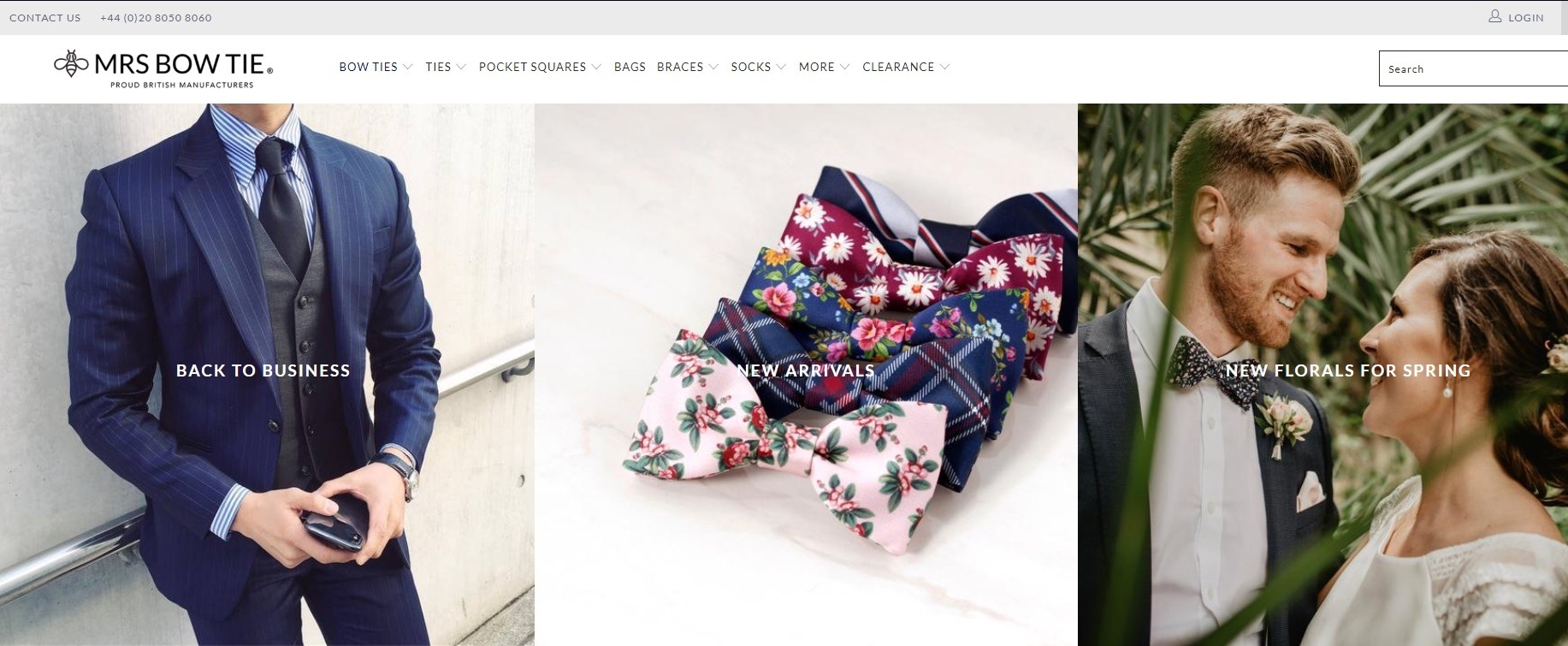
Main Takeaways: Designs can be adapted with fashion, trends and growth, but overall each product you add should have the potential for a long shelf life.
6. How Much Competition is There?
The next reverse engineering step to finding the perfect product is assessing the competition. Now, you’re not looking for no competition, as strong competition can prove a product’s variability. But you need to determine what competition there is, what you can do differently to stand out, and who you will be competing with. Here are some tips to get you started:
- Identify who your biggest competitors would be for this new product
- Look at their strengths and weakness and assess how you can capitalize on
- Go through their whole website to look at UX, reviews and tone
- Look at their pricing to see how you can compete, fit or position yourself to warrant a different price
Main Takeaways: Assess your primary competition for your new product and see how you can capitalize on their weaknesses to make a gap in the market for your brand.
7. Have You Considered Selling Price?
If your product prices are low, you will need to sell more units. If you need to sell more units, you will need to reach more customers to ensure you are making good profit. If your prices are too high, you may need to spend more time, energy and money to get customers to trust your brand – especially if you’re a new store.
You are looking for products that are priced between $ 75 and $ 150, on average. Here are the US average order amounts from 2013 to give you an idea. However, this is just an average, not a rule, and a lot of potential comes from the markup.
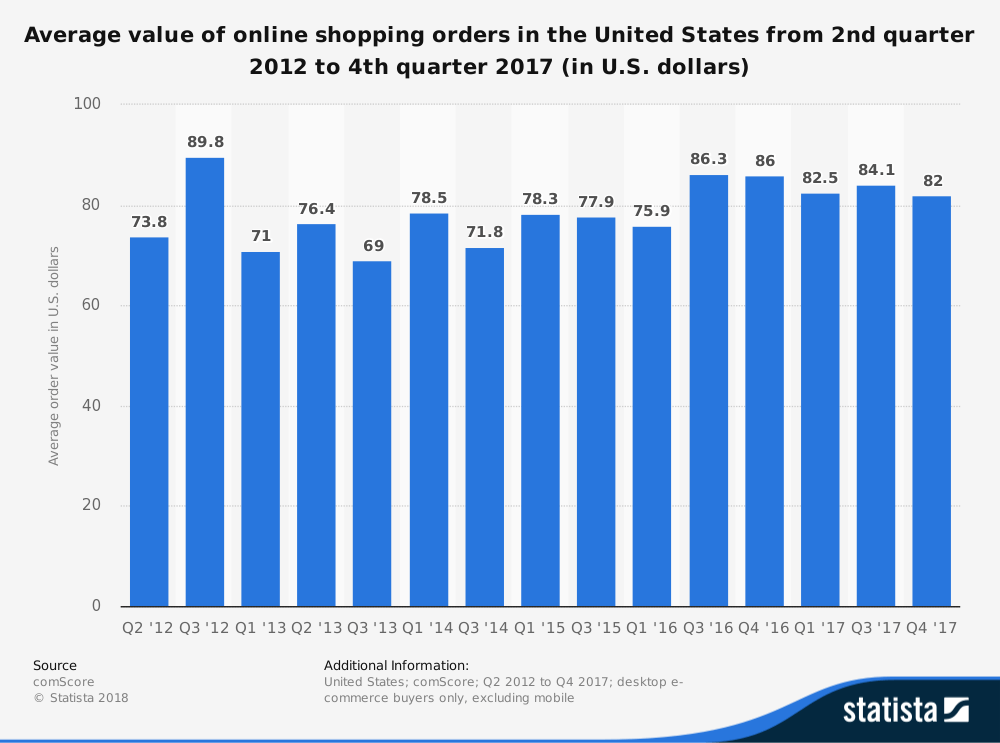
Main Takeaways: Look for products that have a selling price with the possibility to make profits. However, you also want to ensure they aren’t priced too high – that you are not pricing yourself out of the market.
8. What Markup Opportunities Does it Offer?
Selling price is important, but so is markup. You could have a product that is priced well to sell, but if you don’t have the markup right, you could be eating up your profits. Products with lower markups mean you will need to sell more to cover your costs – not just the manufacturing cost of the product, but the cost of marketing the product.
A reasonable markup can also fix a low selling price problem, as mentioned in the previous point. You can have a product that costs $ 2 but the market selling price is $ 24.99 – that means a 10X markup. If you have a product with a market value of $ 24.99 but costs $ 20, excluding other expenses, it’s going to be hard to make worthwhile profit. Unless profit isn’t your main objective and you’re using it to take over a market, such as likes of Amazon.
Main Takeaways: To ensure a product has good markup potential, you need to assess market selling prices verses the full costs of a product. This includes:
* Product cost (to manufacture or dropship)
* Shipping fees – if you offer free shipping
* Labor costs (marketers, warehousing staff, customer service)
* Credit card processing fees
* Warehousing and/or fulfillment fees
9. What are the Fulfillment Obligations?
Does the new product fit into your current fulfillment strategies without incurring extra costs or slowing down your delivery times? A product that is bigger will require more storage and be more expensive to ship. A product from a different third-party dropshipper than you are using, or adding a dropshipped product to your traditional eCommerce model means more logistics work and additional costs to consider. None of which could be worthwhile for a new product that you may be unsure of and still need to test.
Main Takeaways: Ensure the product fits into your current fulfillment strategies or assess the cost of creating new strategies for just one product line is worth the profit potential.
10. How Durable or Fragile is it?
Another factor in terms of shipping is the durability of a product. The more fragile a product is, the greater the care you will need to take with receiving, warehousing and shipping said product. It will also increase your chance of breakage, thus negatively affecting your returns rate, and work against creating the ultimate eCommerce goal: loyal customers.
Main Takeaways: Unless you are already selling fragile products, adding something less durable to your catalogs may not be worth the risk. Consider the fulfillment, storage and breakage implications of the potential product.
11. How Perishable is it?
With the growing trends of subscription boxes, a lot more stores are popping up and offering country-specific snacks or food goods. One such example is Snack Fever.

If you are looking at adding a perishable product to your store, there is an additional risk. You run the big risk of losing money if you can’t sell the product before it perishes. You will also need to consider additional costs of perishable products such as temperature-controlled storage and/or delivery.
Main Takeaways: Unless you have or are willing to invest in the infrastructure for perishable products, they can be a significant risk to a store not already selling in a perishable niche.
12. Is it Seasonal?
Next, you will want to assess how seasonal a product is. That’s not to say your perfect product can’t be seasonal, but you need to plan ahead for seasonal swings. An excellent example of this is One Kid. Not only did they find a unique product idea that fills a giant gap in the market and addresses a pretty serious problem, but they have managed to plan and take advantage of the seasonality of their product.
Since their launch of the Road Coat, they’ve added more seasonal products to capitalize on winter sales. Additionally, they added new product types that cover other seasons like spring and fall, and that are non-seasonal like backpacks.

Main Takeaway: The trick to working with seasonal products is finding products that do well every season. And to account for lulls in sales while preparing for peak buying times so that you capitalize on as many sales as possible.
13. Is it Disposable or Consumable?
Another consideration when narrowing down possible products that could be perfect for your store is how disposable they are. The more disposable a product is, the quicker a customer will use it and need to replace it. Remember, it’s a lot easier – and cheaper – to remarket to existing customers. A brand that has nailed this is one of my eCommerce heroes, Dollar Shave Club.
Main Takeaway: Finding a product that is consumable, then mixing it with awesome shopper experience and service, is a recipe for a profitable eCommerce store.
—
There you have it: how to find the ultimate product to sell on your online store. If a product ticks all these reverse engineering questions, you have yourself a perfect product. If you’re looking for how to find products to sell, we’ve got just the guide for you.
Got questions? Put them in the comments below.
Digital & Social Articles on Business 2 Community
(66)



